-
×
 Pink Sapphire Princess Cut 3MM Natural Genuine Gemstones from Sri Lanka GPG389
1 × $373.00
Pink Sapphire Princess Cut 3MM Natural Genuine Gemstones from Sri Lanka GPG389
1 × $373.00 -
×
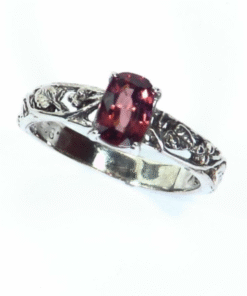 Zercon (brown) set in Sterling Silver Ring Genuine,RSS,692
1 × $212.00
Zercon (brown) set in Sterling Silver Ring Genuine,RSS,692
1 × $212.00 -
×
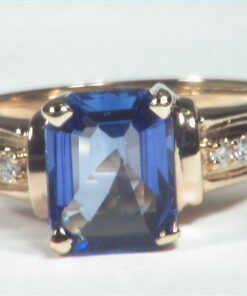 Blue Ceylon Sapphire Diamond Natural Genuine 14 KT, Engagement Lady's Ring,RFK490
1 × $3,250.00
Blue Ceylon Sapphire Diamond Natural Genuine 14 KT, Engagement Lady's Ring,RFK490
1 × $3,250.00 -
×
 Peridot Natural Genuine Gemstone Sterling Silver Lady,s RingRSS,671
1 × $75.00
Peridot Natural Genuine Gemstone Sterling Silver Lady,s RingRSS,671
1 × $75.00 -
×
 Agade With Wire Wrap Silver Oval Shape Pendant
1 × $20.00
Agade With Wire Wrap Silver Oval Shape Pendant
1 × $20.00 -
×
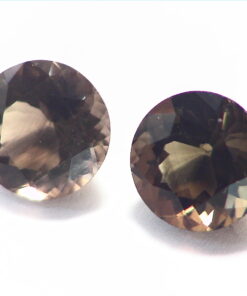 Smokey Quartz Natural Genuine Faceted Gemstone Matched Pair 6.40 CT GSG,327
1 × $80.00
Smokey Quartz Natural Genuine Faceted Gemstone Matched Pair 6.40 CT GSG,327
1 × $80.00 -
×
 Opal Natural Genuine Cabochon Gemstone's 9.03 CT GSG,754
1 × $500.00
Opal Natural Genuine Cabochon Gemstone's 9.03 CT GSG,754
1 × $500.00 -
×
 Opal Natural Genuine Oval Shape 11.76 KT Cabochon Gemstone GSG,137
1 × $3,960.00
Opal Natural Genuine Oval Shape 11.76 KT Cabochon Gemstone GSG,137
1 × $3,960.00 -
×
 Green Beryl Natural Genuine Gemstone Sterling Silver Ring. RSS,549
1 × $99.00
Green Beryl Natural Genuine Gemstone Sterling Silver Ring. RSS,549
1 × $99.00 -
×
 Blue Quarts In a Sterling Silver Ring
1 × $85.00
Blue Quarts In a Sterling Silver Ring
1 × $85.00
Paraiba Tourmaline 14 kt White Gold Lady’s Ring,RFK,499
$3,750.00 Original price was: $3,750.00.$3,000.00Current price is: $3,000.00.
Today’s item Is a rare natural Genuine Paraiba Tourmaline Color less Round Gemstone with Natural Crystals inside, This Georges ring is set in 14 kt white gold in a tiffany style setting.
The weight of the Para Eba is 1.23 CT
Gemstone size is 7 mm Round
The design size is 7 x 15 x 8.5 mm
Ring Size 6.5
Categories: Designer Rings, Engagement Rings 14 kt Yellow Gold
Tag: RFK499
Today’s item Is a rare natural Genuine Paraiba Tourmaline Color less Round Gemstone with Natural Crystals inside, This Georges ring is set in 14 kt white gold in a tiffany style setting.
The weight of the Para Eba is 1.23 CT
Gemstone size is 7 mm Round
The design size is 7 x 15 x 8.5 mm
Ring Size 6.5
The name godfather of the mineral Paraiba tourmaline is like many other minerals also the type locality – the place where a mineral was first found. The first Paraiba tourmaline was discovered in 1987 in São José da Batalha in the eponymous state of Paraiba / Brazil.
Paraiba tourmalines are a variety of Elbait, which in turn belongs to the group of tourmalines and mineral class of silicates. Critical to the delimitation of other tourmalines is the composition of Paraiba tourmalines, which are defined by the contents of copper and manganese; in the general formula (Na (Li, Al) 3Al6 (BO3) 3Si6O18 (OH) 4), however, no mention is made of the composition.
The color of Paraiba tourmalines is very diverse and ranges from emerald green and mint green to teal, turquoise to dark violet (comparable to the deep violet of Deep Russian amethysts) and blue.
On the gemstone market, the colors of Paraiba tourmalines are sometimes named “Neon”, “Electric”, “Vivid” or “Glow” (e.g. Electric Blue Paraiba, Electric Green Paraiba, Neon Blue Paraiba, Neon Green Paraiba or Vivid Green). Vivid blue “to emphasize the luminosity and radiance of the color of Paraiba tourmalines.
The bright, vibrant colors of Paraiba tourmalines are unique among all tourmalines. The reason for the color are admixtures of manganese and copper. Depending on the ratio copper: manganese varies and changes the color of the mineral. If the copper values are higher than the proportions of manganese, the Paraiba tourmaline presents itself in aquatic, turquoise shades. On the other hand, if the manganese contents dominate, violet to bluish colors result.
There are differences in the saturation of the color, which becomes clear when Paraiba tourmalines from Brazil are compared with those from Mozambique and Nigeria. Nigerian Paraiba tourmalines are darker than the Brazilian “relatives”, while the color of Paraiba tourmalines from Mozambique is slightly lighter than Paraiba tourmalines from Brazil.
Be the first to review “Paraiba Tourmaline 14 kt White Gold Lady’s Ring,RFK,499” Cancel reply
Related products
Sale!
Sale!
Designer Rings
Sale!
$487.00


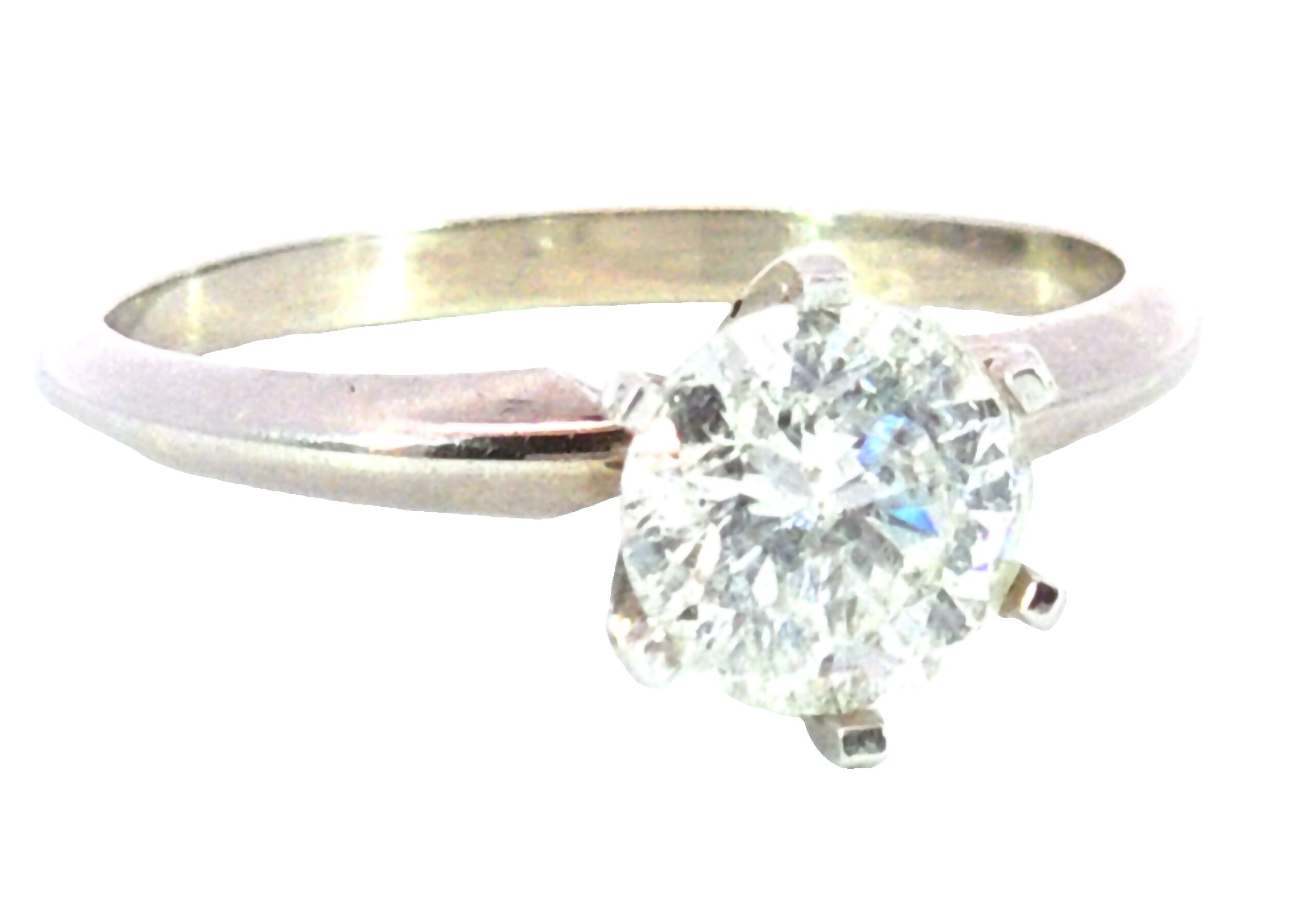
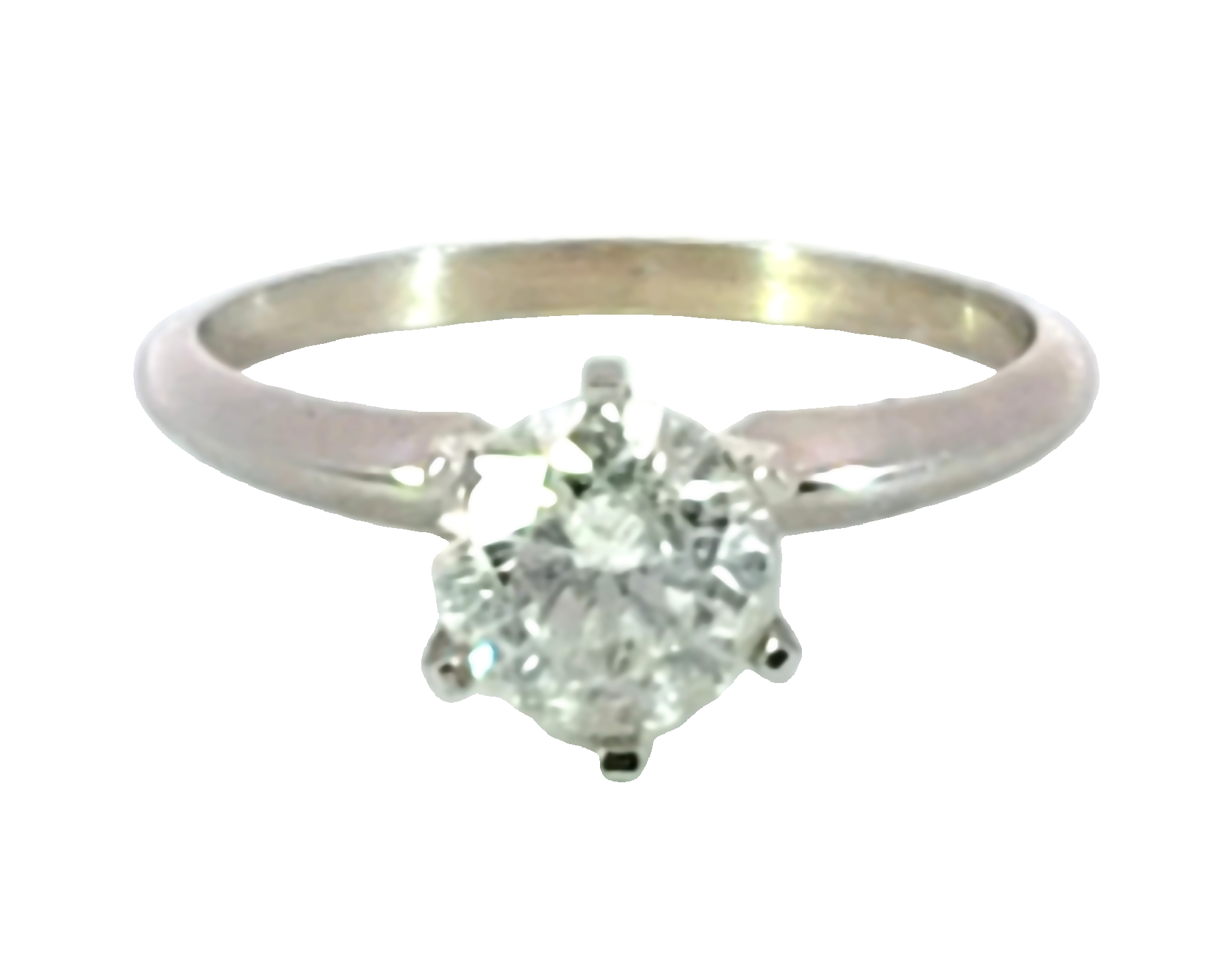
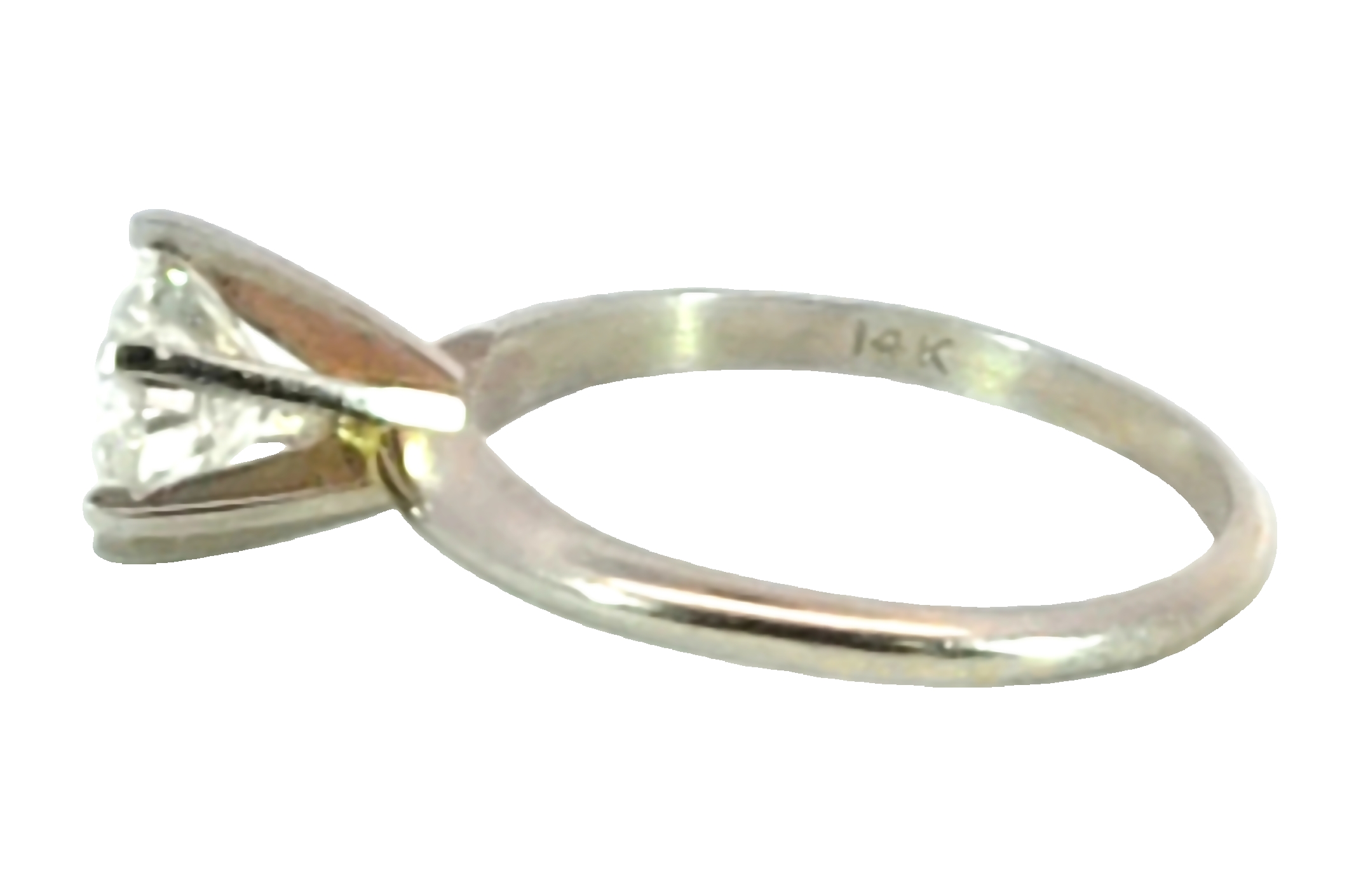
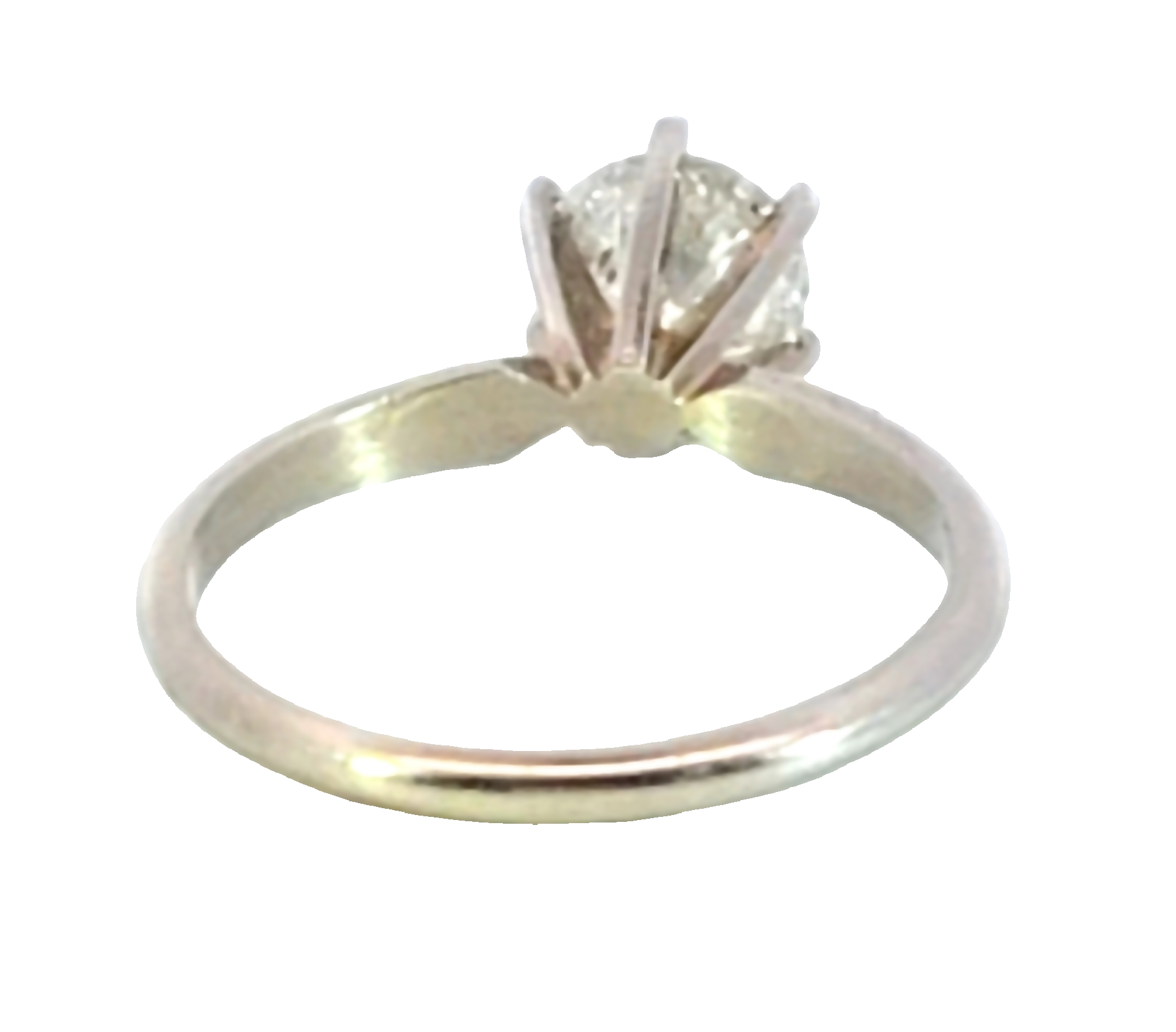


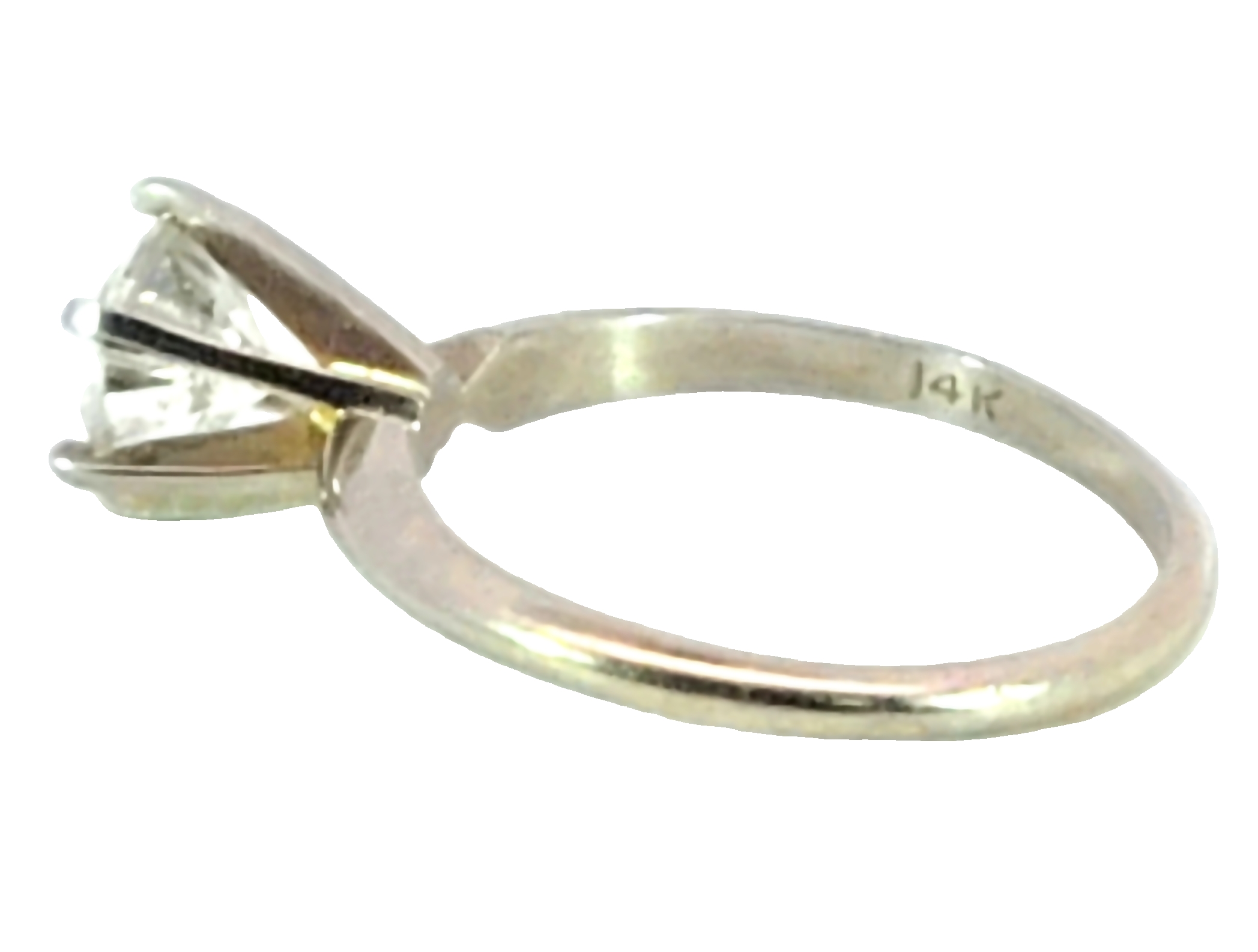

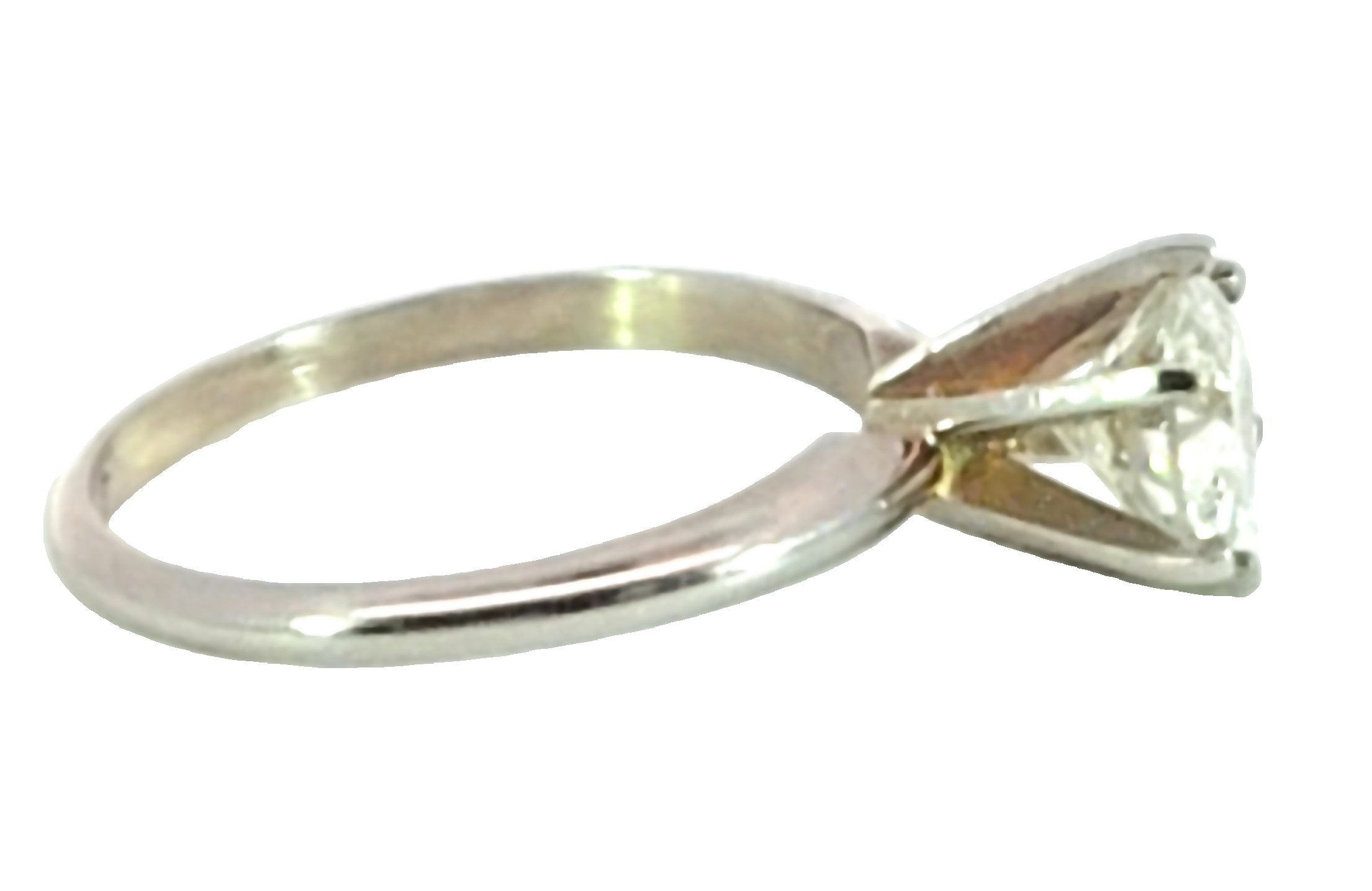
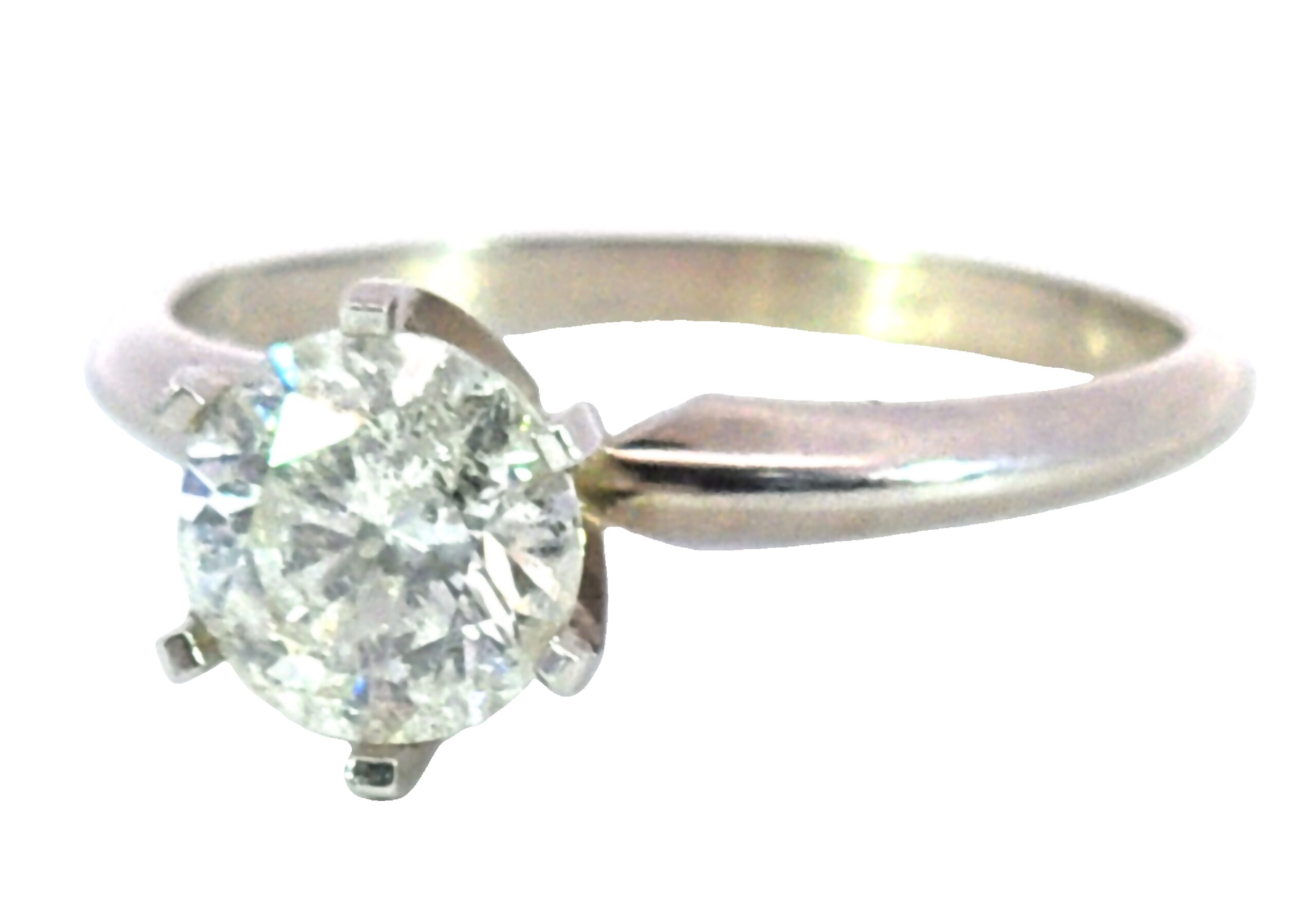
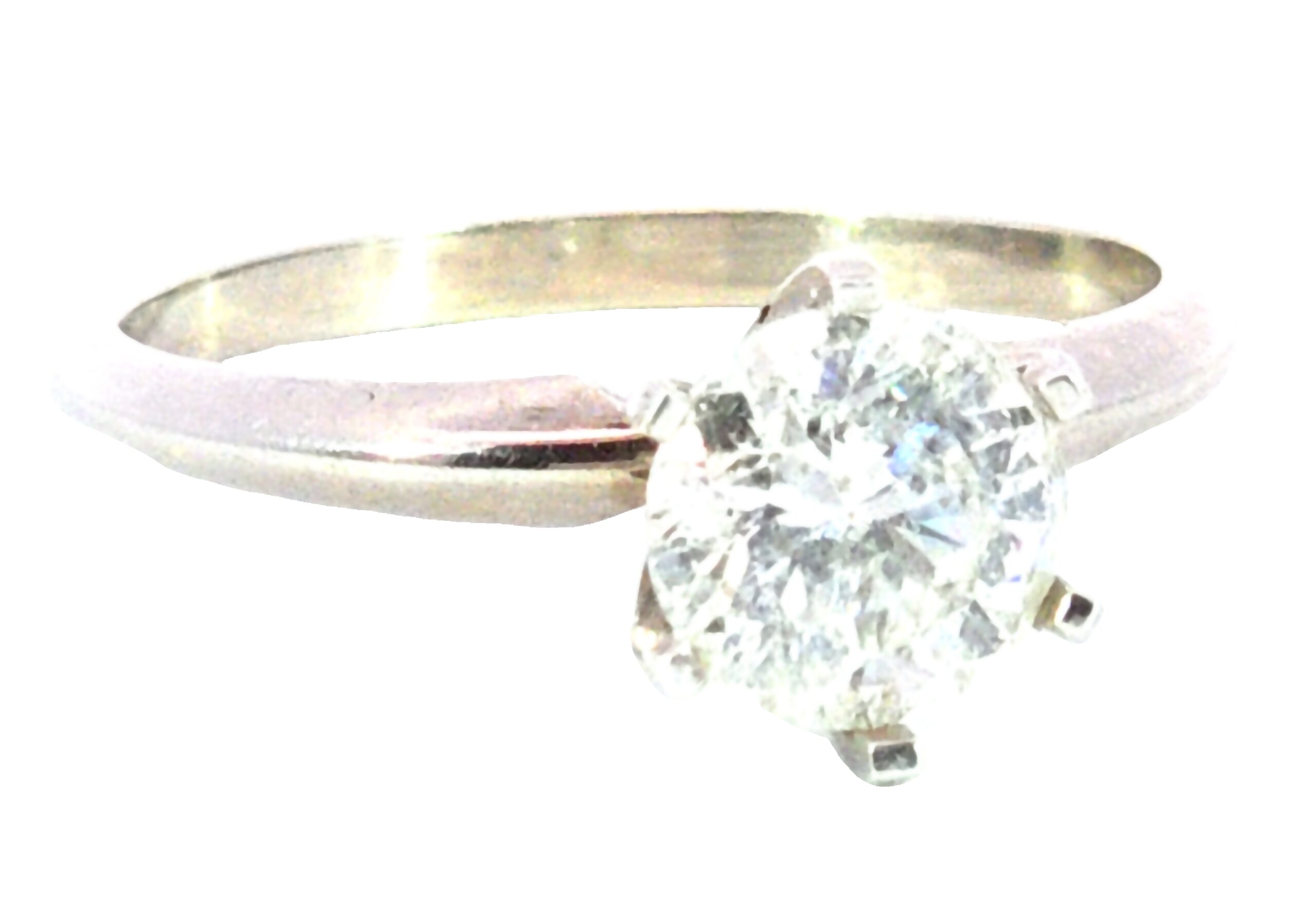


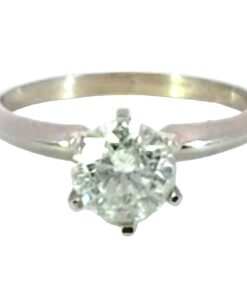
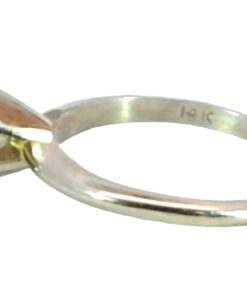
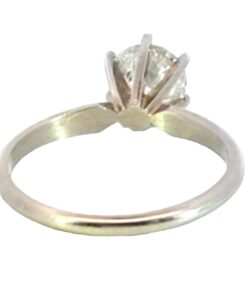


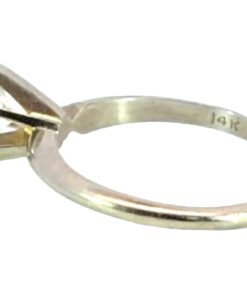
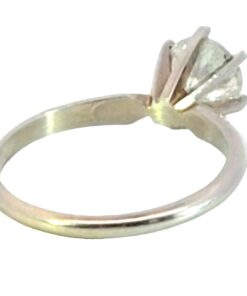
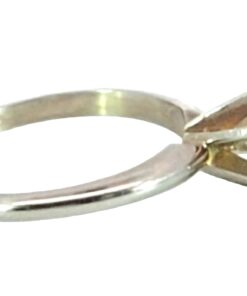
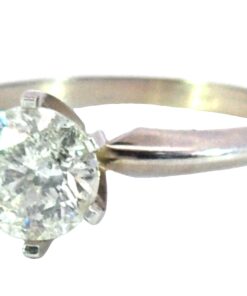

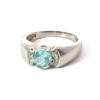
















Reviews
There are no reviews yet.